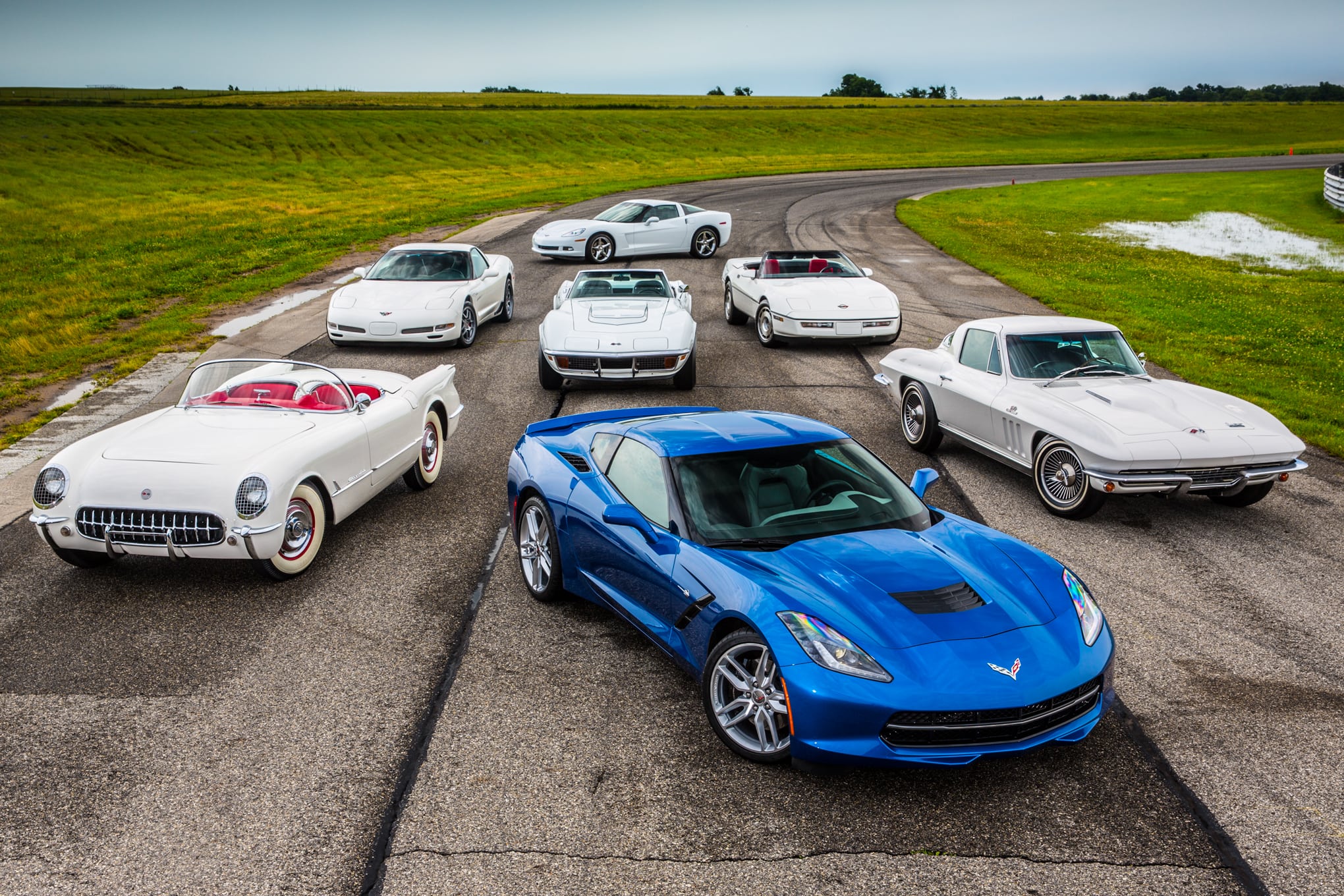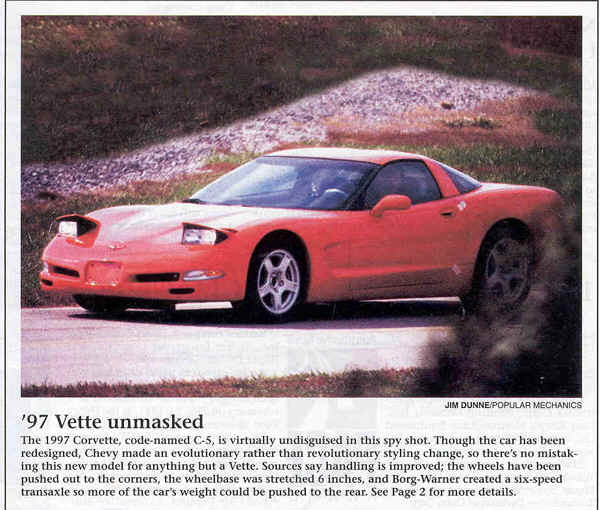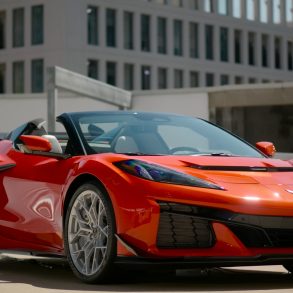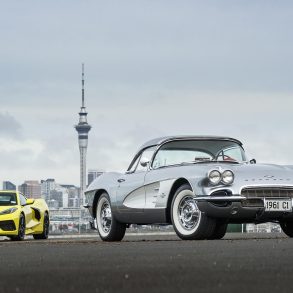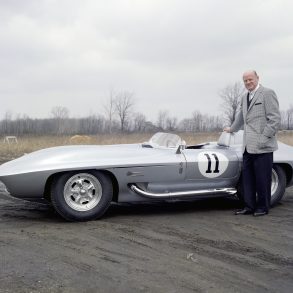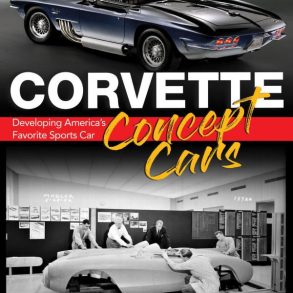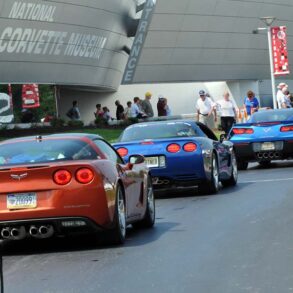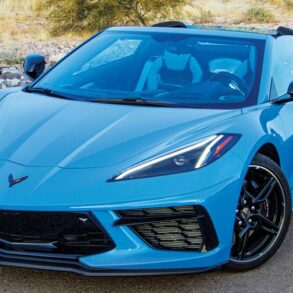As the revolutionary eighth-generation Corvette brings in new first-time owners, this may be a revelation to many, while there are some “old-timers” reading this right now screaming at their screen, “How could you not know this?!?” The “C” designation for generations just seems so commonplace now that it’s hard to believe (at least for me) that they didn’t always exist. I literally had no idea, but I did not get into the lifestyle until the late 90s (with the purchase of my first at 31, a C5).
This revelation came to light for me in a recent discussion at the Corvette Forum, when “2003 Corvette Z06” was confused about the “C” configurations of the Corvettes and asked:
“Why didn’t the C1 Corvette change to the C2 in 1958? Obviously, 1958 was a total redesign from the first 1953 to 1957.”
Before even getting into the “C” designations, this led to an interesting sidebar discussion, first with “Duck916” commenting:
“If the OP thinks the ’58 was a total re-design, then I’d think you’d have to also consider the ’56 to be a redesign as well. The change from ’55 to ’56 was more extensive than the change from ’57 to ’58, in my view.”
Then “roadbike56” dovetailed on this observation and added:
“Completely agree. The 57 to 58 change amounted to modifications to the exterior. With the exception of adding the quad headlights, they were all pretty minor. The major change within C1 was 55 to 56 where the entire body was redesigned. One can argue that the 60-61 was more substantial a change, adding the boat tail, than 57 to 58. All the C1 changes pale in comparison to the 62 C1 to the 63 C2 changes.”
So if not by a “C”, how were the generations referred to?
Well, best as I could decipher from researching the internet, mostly the Corvette Forum, this is what I found. I apologize in advance if some of you are still screaming at your screens because this is so obvious (or if I got something wrong).
1953-1962: Solid Axle, Straight Axle
1963-1967: Sting Ray (until the ’68 was out), then this span became Mid-Years (in between Solid Axle and Mako Shark cars). When the name ‘Stingray” (one word) name was applied to the ’69, the Mid-Year naming became more important.
1968-1982: Shark and/or Mako Shark, Stingray
1984-1996: Fourth Gen, Late Model, Door Stop
When did the C designation start, and why?
According to “SEVNT6”, “It came from GM engineering in the mid-’90s. To tell the difference between what was going on with the ’95-’96s & the new ’97, they started calling them C4 & 5. It’s explained in the book ‘All Corvettes Are Red’ by Jim Schefter…”
Here is a cool look back in time from this “C” designation thread discussion, where “davidwp97” says this is the earliest public information he could find for a “C” type designation.
Now, are you ready for some “controversy”?
If you really want to get confused about the origins of the “C” designation, which is claimed to begin with the C5 and work backward, this quote from “CorvetteMike2004” in yet another discussion should do it.
“Somewhere in the second part of 1959, project XP-720 begins at GM Styling, to design a production Corvette based on Bill Mitchell’s Sting Ray racer. It would become known as the C2 or second-generation Corvette. In October of that same year, a clay mock-up of project XP-720 is completed and put on display for General Motors’ management viewing. This early effort was essentially the Stingray Racer with a coupe top.”
The quote above is actually from one of our CorvSport pieces, and if you want more information on the XP-720 prototype, click here for our 2017 article.
Nothing epitomizes this dynamic (and confusion) more than this Facebook exchange between an old-timer and a newer enthusiast.
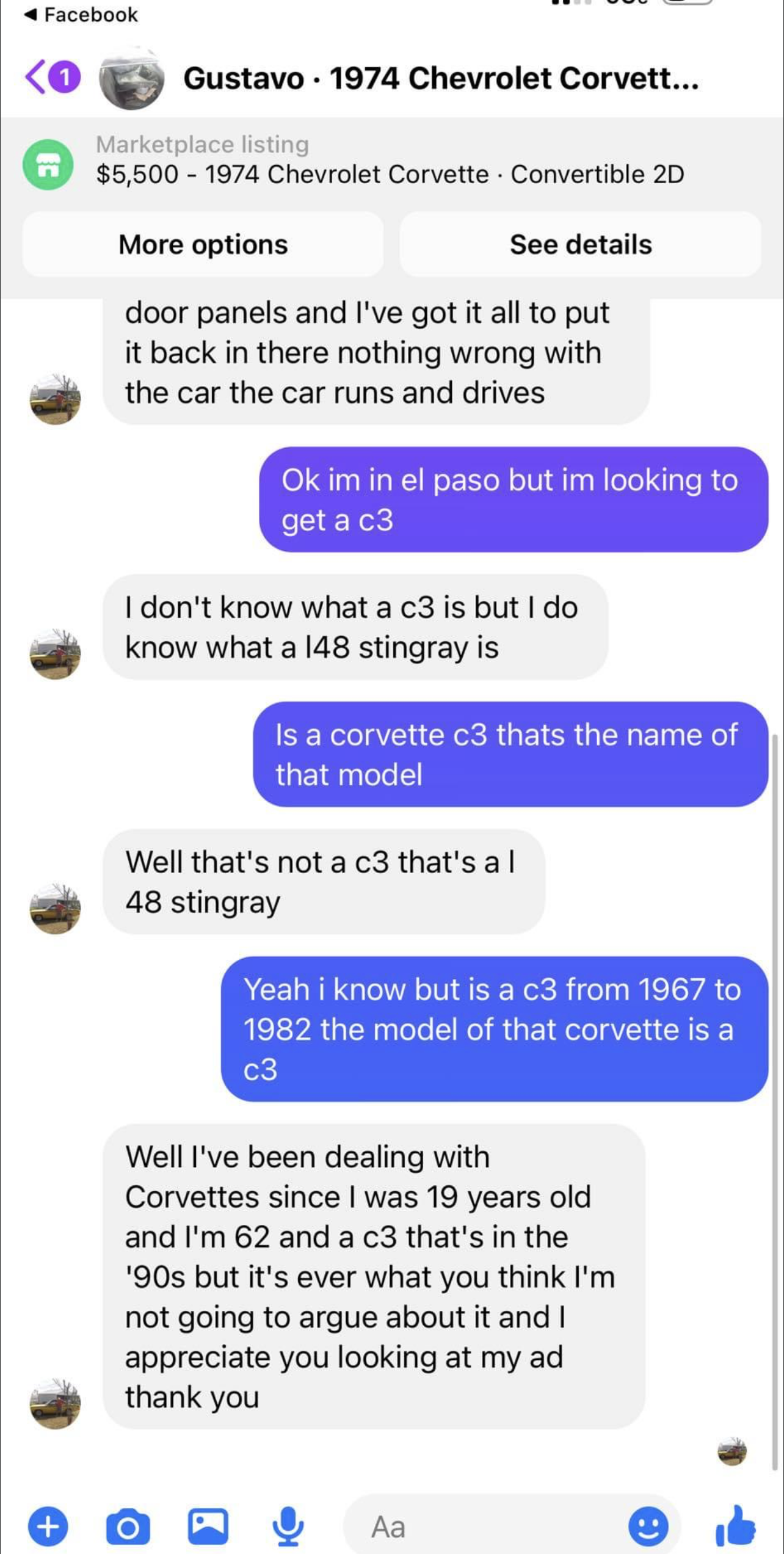
As with most subjects that dig back into Corvette history, I’m sure there are some things you may not agree with, or that you and your crowd used to call by different terms. But who knew there would be controversy over something seemingly so simple? We have an active community on our Facebook page, I would love to hear your opinions on the “C” designations and what you called the different generations back “in the day”. Douglas B.


